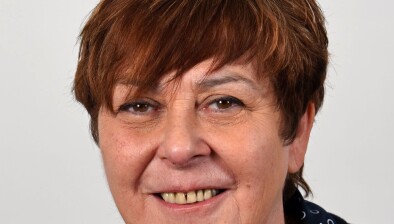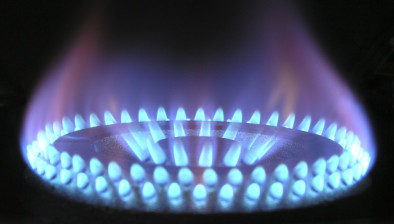Ofgem confirms plans to introduce lower standing charge tariffs

Households across Great Britain will soon have more choice over how they pay their energy bills after Ofgem confirmed plans to require suppliers to offer at least one tariff with a lower standing charge.
The regulator announced yesterday that energy companies must make such tariffs available to all customers in England, Scotland and Wales by January 2026. The move follows Ofgem’s wide-ranging review into how essential energy system costs are shared.
Standing charges are the fixed daily costs of delivering energy to homes and businesses. They cover essential maintenance, infrastructure upgrades, and the transportation of energy through the national networks. Ofgem emphasised that these costs cannot be removed from bills – only redistributed between the standing charge and unit rates.
The regulator acknowledged that tariffs with a lower standing charge will have higher unit rates. This means households with low energy consumption may benefit, while those with higher needs – such as families or people who rely on medical equipment – may see costs rise if they switch.
Tim Jarvis, director general for markets at Ofgem, said: “We’ve listened to thousands of consumers that wanted to see changes to the standing charge and taken action. We have carefully considered how we can offer more choice on how they pay these fixed costs, however we have taken care to ensure we don’t make some customers worse off.
“After examining all the options available to us, we believe that the right way forward is to require all major suppliers to offer at least one tariff with a lower standing charge. This will deliver the choice we know customers want, without having a detrimental impact on customers that have high energy needs, like those who rely on energy for medical reasons.
“The sector has already shown us it’s possible with some suppliers voluntarily offering low or no standing charge tariffs, but we need to see widespread availability across the market so this choice is available to everyone.”
Mr Jarvis stressed that the standing charge is vital to maintaining a secure and reliable energy system: “The costs covered by the standing charge ultimately must be paid. They cover the costs of transporting energy to your home or business, and ensure we continue to invest in the networks, so they are future ready, and we have a stable and secure energy system. We cannot remove these charges; we can only move costs around. These changes would give households the choice they have asked for, but it’s important that everyone carefully considers what’s right for them as these tariffs are unlikely to reduce bills on their own.”
Consumer groups welcomed the move for greater choice but warned it falls short of addressing the affordability crisis facing many households.
David Hilferty, director of impact at Citizens Advice Scotland, said: “Under these new plans people would be given more choice in how they manage their energy costs. While this is welcome – it won’t solve the real problem, which is that energy bills are not affordable for thousands of people across Scotland.
“Our evidence shows that, without major reform of the broken energy market, people will be suffering the cold and going without food or warmth as we head into the winter. Government and regulators know this and yet here we are facing another winter in which people will suffer.
“For us, that amounts to the toleration of harm. It’s unacceptable and also avoidable. Government, regulators and energy companies all need to step up and urgently deliver lasting solutions like energy debt relief, and a social tariff for people on the lowest incomes.”








